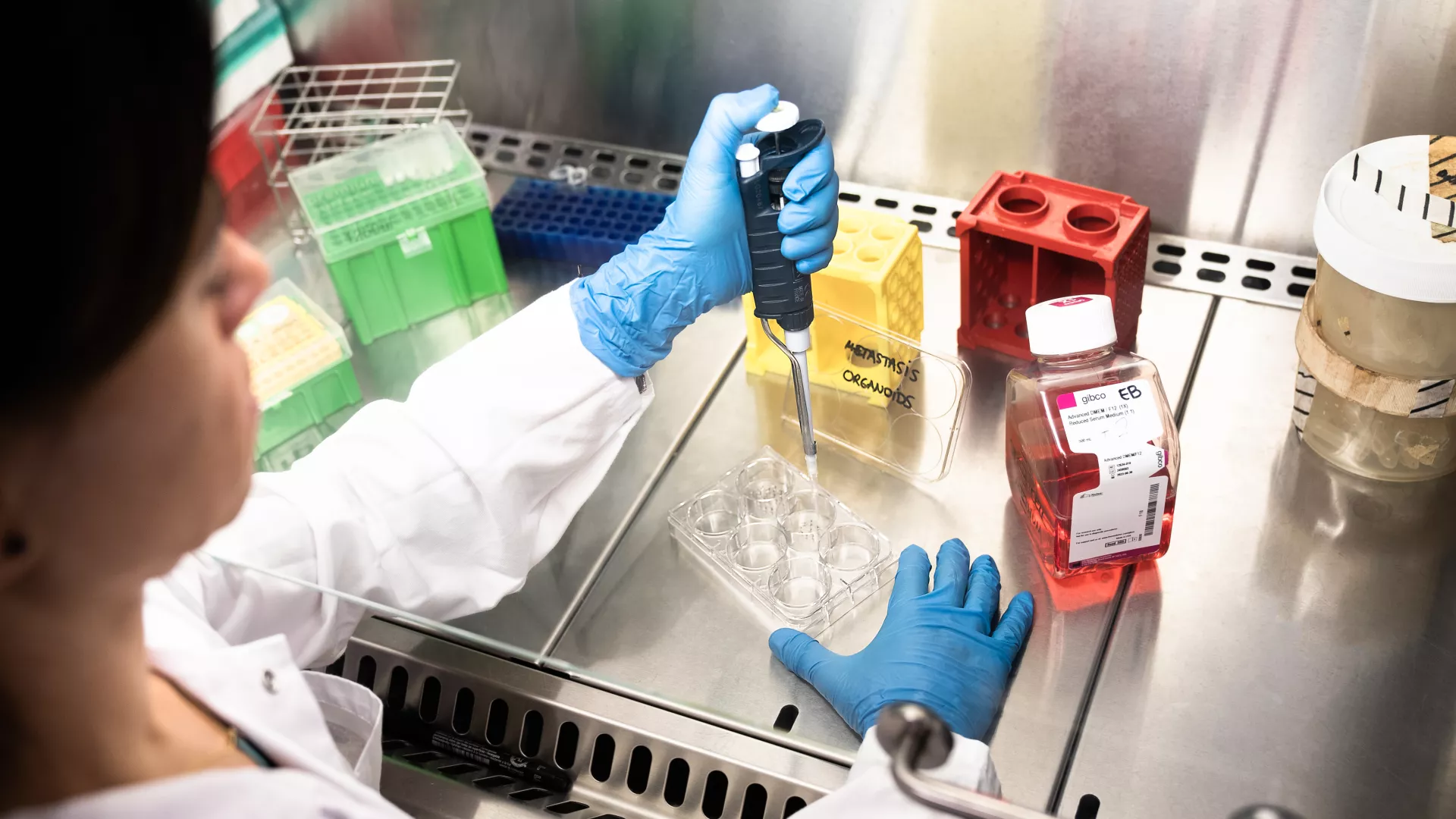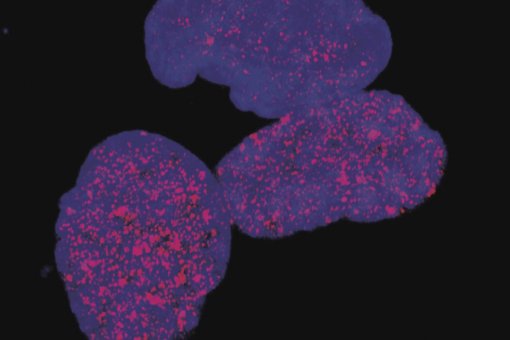Images
Participants


Contact

Researchers have developed a platform that compiles all the atomic data, previously stored in diverse databases, on protein structures and protein interactions for eight organisms of relevance. They apply a singular homology-based modelling procedure.
Given the high reliability of the results it produces, the new tool, Interactome3D, has received the endorsement of Nature Methods, the journal that has published the project.
The scientists Roberto Mosca, Arnaud Ceol and Patrick Aloy provide the international biomedical community with Interactome3D (interactome3d.irbbarcelona.org), an open-access and free web platform developed entirely by the Institute for Research in Biomedicine (IRB Barcelona). Interactome 3D offers for the first time the possibility to anonymously access and add molecular details of protein interactions and to obtain the information in 3D models. For researchers, atomic level details about the reactions are fundamental to unravel the bases of biology, disease development, and the design of experiments and drugs to combat diseases.
Interactome 3D provides reliable information about more than 12,000 protein interactions for eight model organisms, namely the plant Arabidopsis thaliana, the worm Caenorhabditis elegans, the fly Drosophila melanogaster, the bacteria Escherichia coli and Helicobacter pylori, the brewer’s yeast Saccharomyces cerevisiae, the mouse Mus musculus, and Homo sapiens. These models are considered the most relevant in biomedical research and genetic studies. The journal Nature Methods presents the research results and accredits the platform on the basis of it high reliability and precision in modelling interactions, which reaches an average of 75%.
Patrick Aloy, ICREA researcher at IRB Barcelona, head of the Structural Bioinformatics and Network Biology Lab, and researcher with the joint IRB Barcelona-BSC programme, explains “we have designed Interactome3D for molecular and cellular biologists. It is a well organized non–technical interface that presents the results in a simple manner. With only a few clicks of the mouse, you can get the information you are looking for and you don’t have to be a bioinformatician to navigate around the platform, to look things up or to interpret the results”. The post-doctoral fellow Roberto Mosca explains that platform has come about after more than four years of lab experience: “we undertake collaborations with groups around the world that need these data; data that we can now provide automatically”. The data included in Interactome3D is updated every six months and the researchers expect to be able to simulate up the 16,000 interaction in the near future. “The tool is continuously growing. We will introduce more information and thus increase the number of interactions covered while maintaining reliability as a key feature”, remarks Mosca.
Network biology or the interactome: the key –ome to understand protein function
Thanks to genomes, we now know all the biomolecules present in a given organism. The genome is the same for all the cells but the cells do not use the whole genome. Depending on the cell type, tissue site or functional activities, the cells activate a small part of the genome. The proteomes offer information regarding the proteins activated in a specific cell type and in a given period of time. Both genomes and proteomes “provide us with a very useful list but this list does not indicate the relations”, explains Aloy. Network biologists like Mosca, Ceol and Aloy delve into the interactome: that is to say, they want to find out what are the possible interactions of proteosome proteins. “This is the information that we have compiled in Interactome3D”, says Aloy. “But there is another thing to consider: the interactome tell us which proteins react with each other, but if you need to know how this occurs or how this affects a mutation in a given protein and its interaction, or how to combat or reinforce a given interaction, you need the molecular details of the interactions. This is the main innovation of Interactome3D, and what is unique to this system is the integration of molecular details of known protein interactions”, explains Aloy.
The IRB Barcelona researchers expect Interactome3D to be embraced by the scientific community. “More than five years ago we set up a simpler platform that receives thousands of visits per month. Interactome3D is a much improved tool and we know that there is a need for an application with these characteristics”, state the researchers.
Reference article:
Interactome3D: adding structural details to protein networks. Roberto Mosca, Arnaud Ceol and Patrick Aloy. Nature Methods (16 December 2012) http://dx.doi.org/10.1038/NMETH.2289
About IRB Barcelona
The Institute for Research in Biomedicine (IRB Barcelona) pursues a society free of disease. To this end, it conducts multidisciplinary research of excellence to cure cancer and other diseases linked to ageing. It establishes technology transfer agreements with the pharmaceutical industry and major hospitals to bring research results closer to society, and organises a range of science outreach activities to engage the public in an open dialogue. IRB Barcelona is an international centre that hosts 400 researchers and more than 30 nationalities. Recognised as a Severo Ochoa Centre of Excellence since 2011, IRB Barcelona is a CERCA centre and member of the Barcelona Institute of Science and Technology (BIST).





